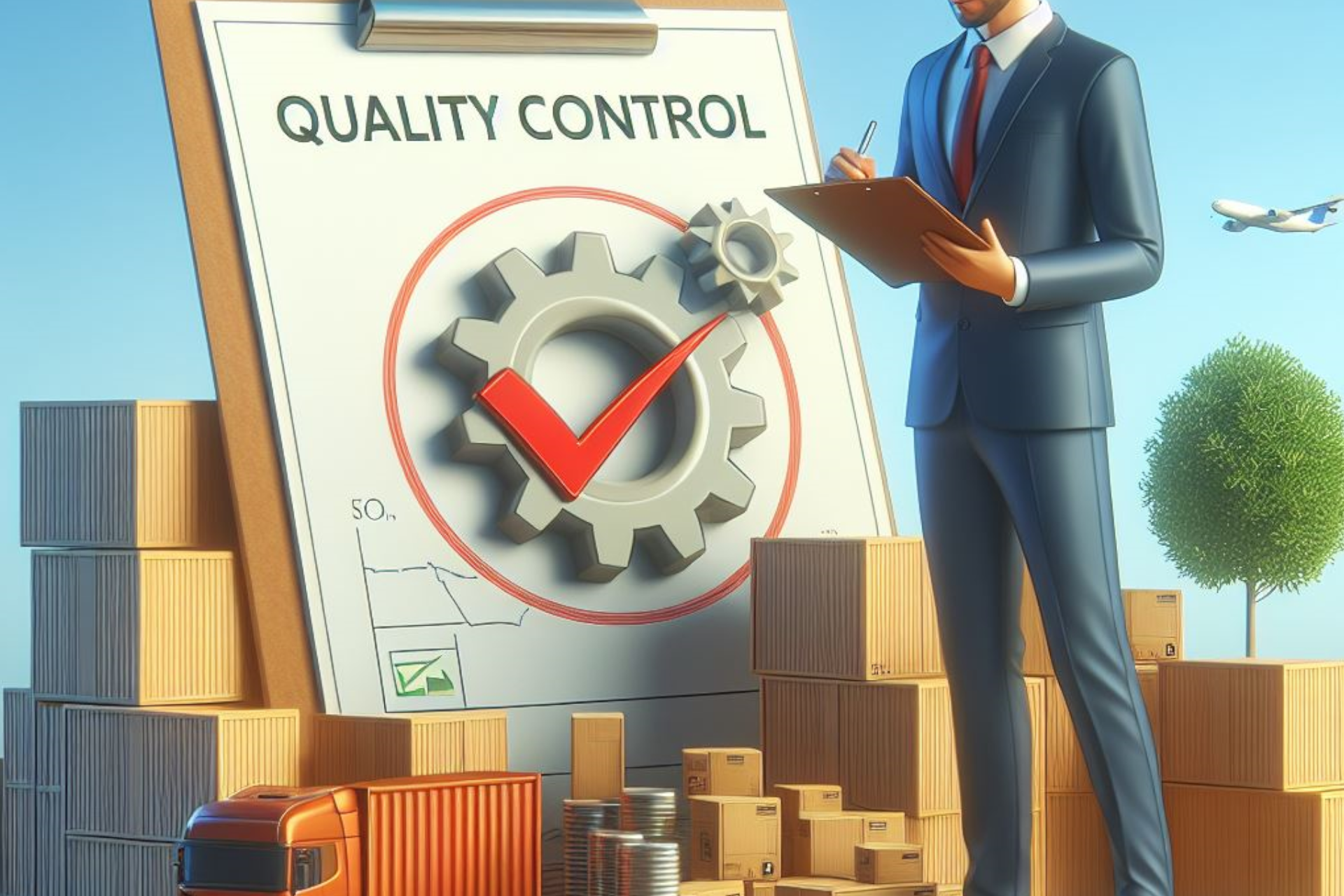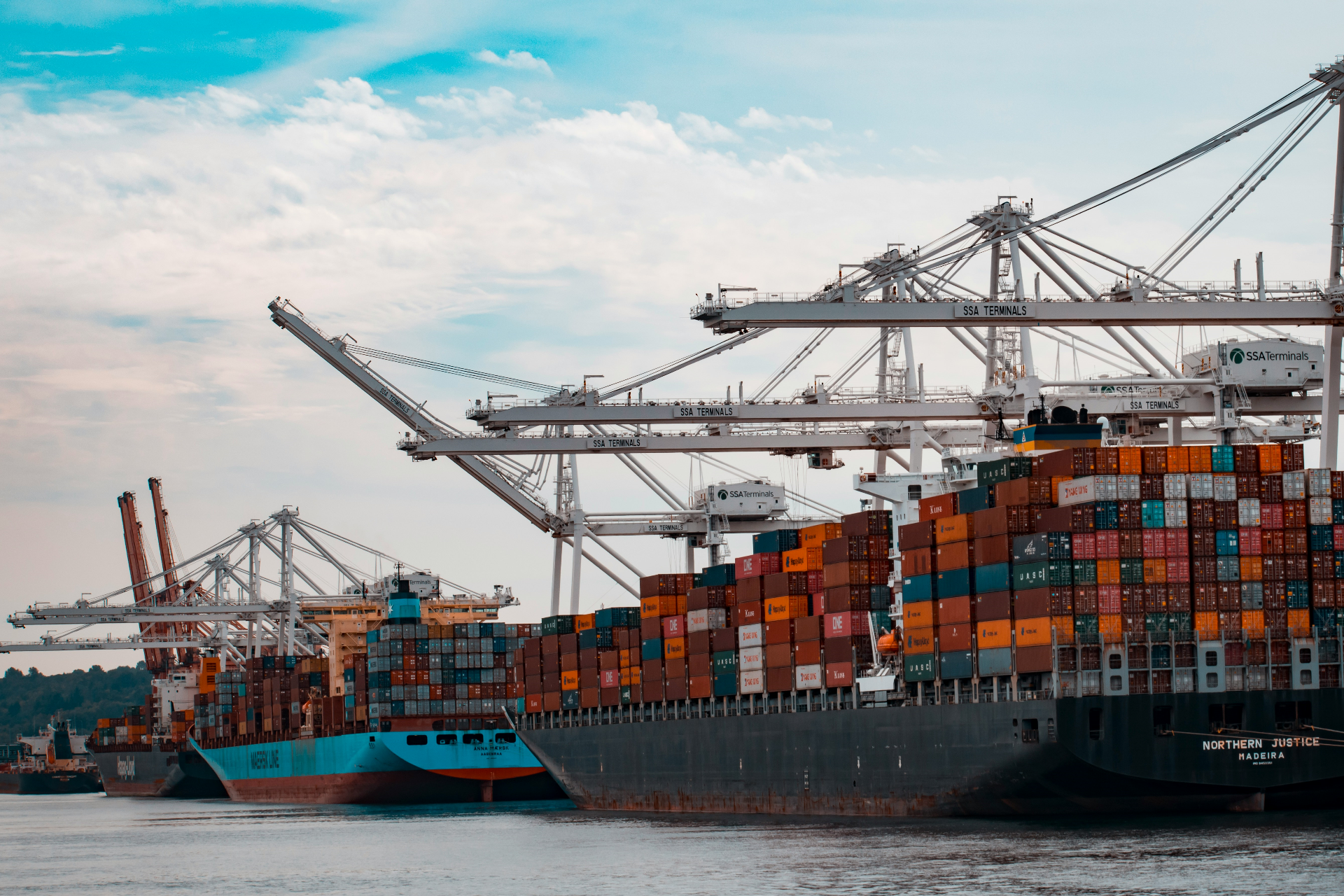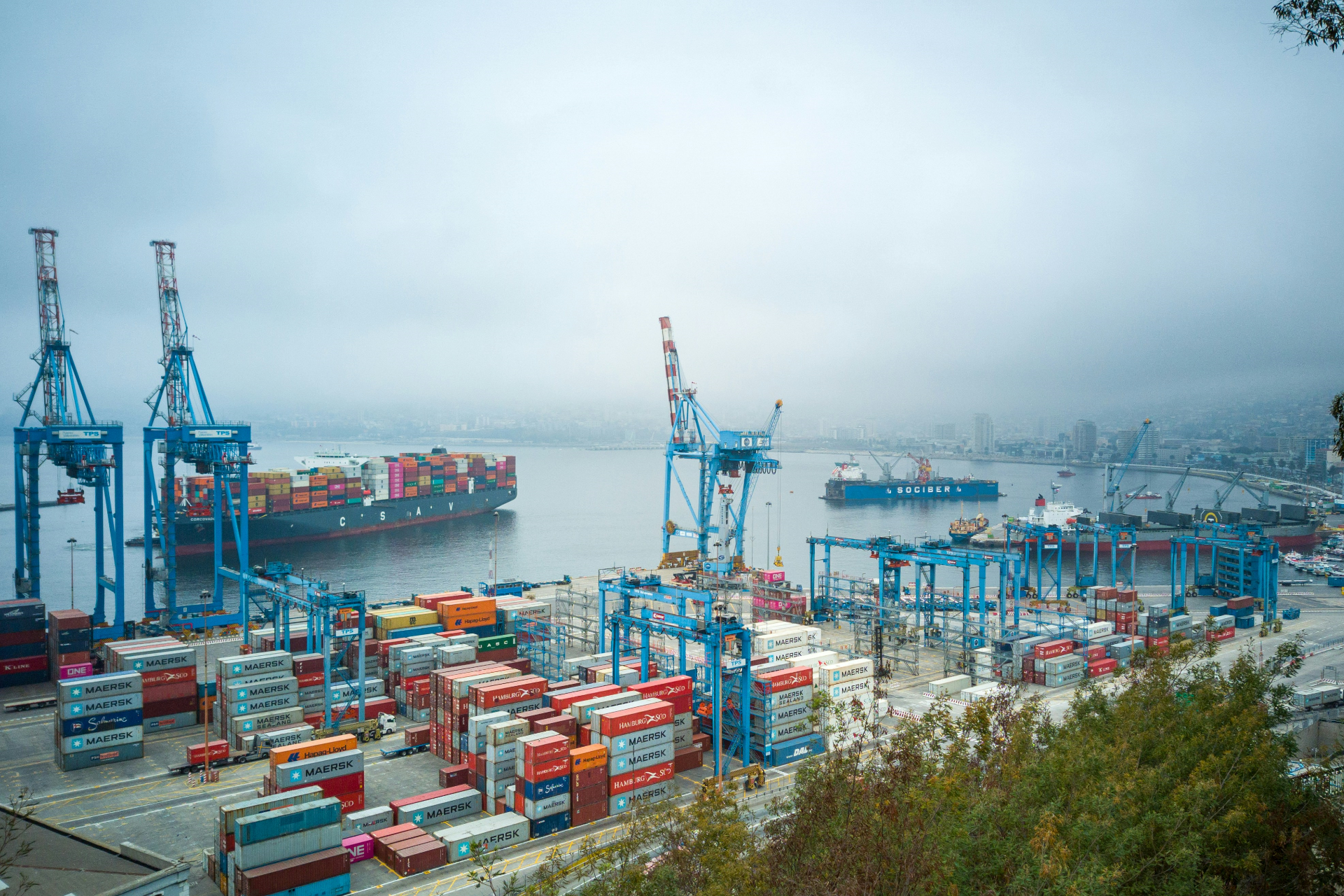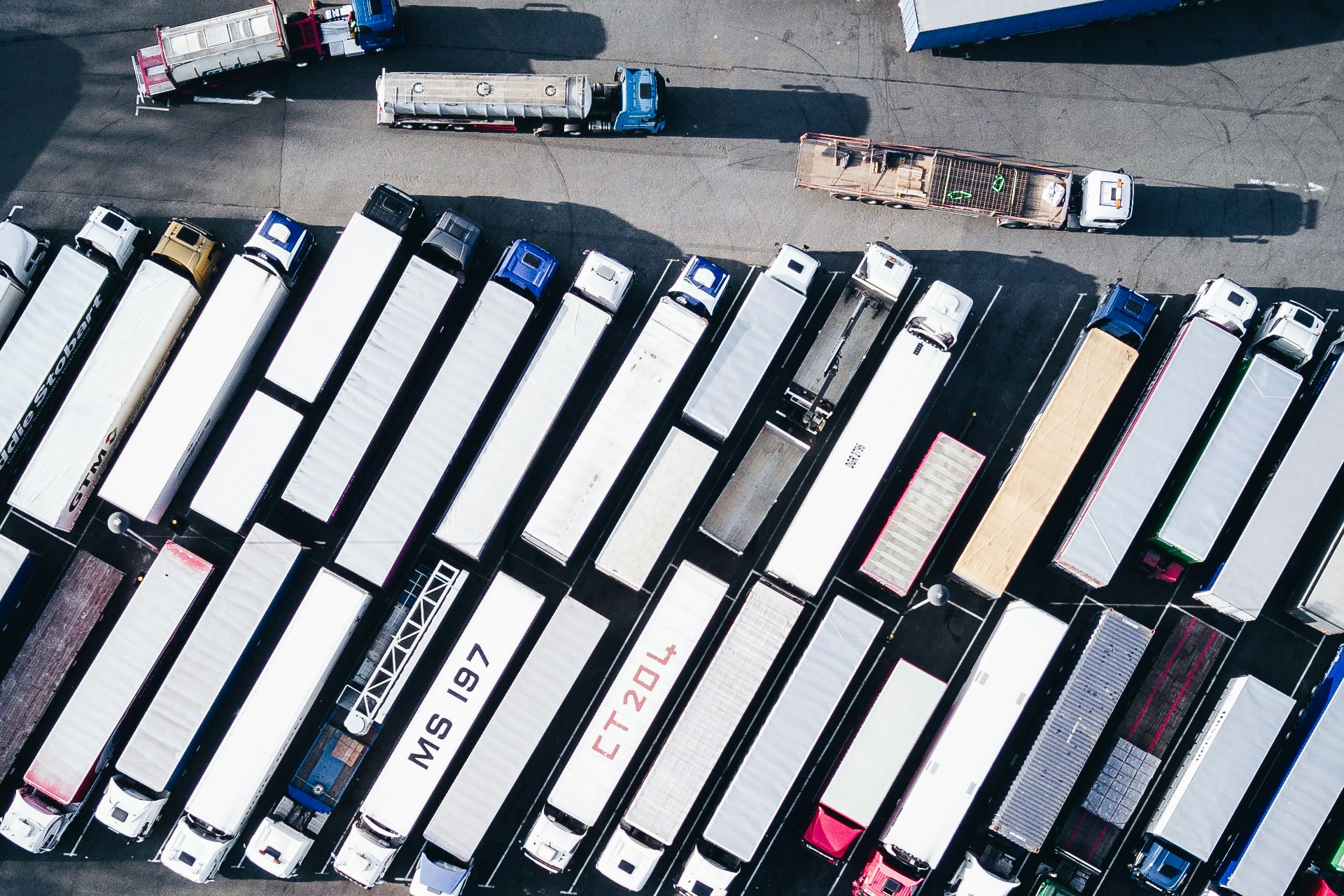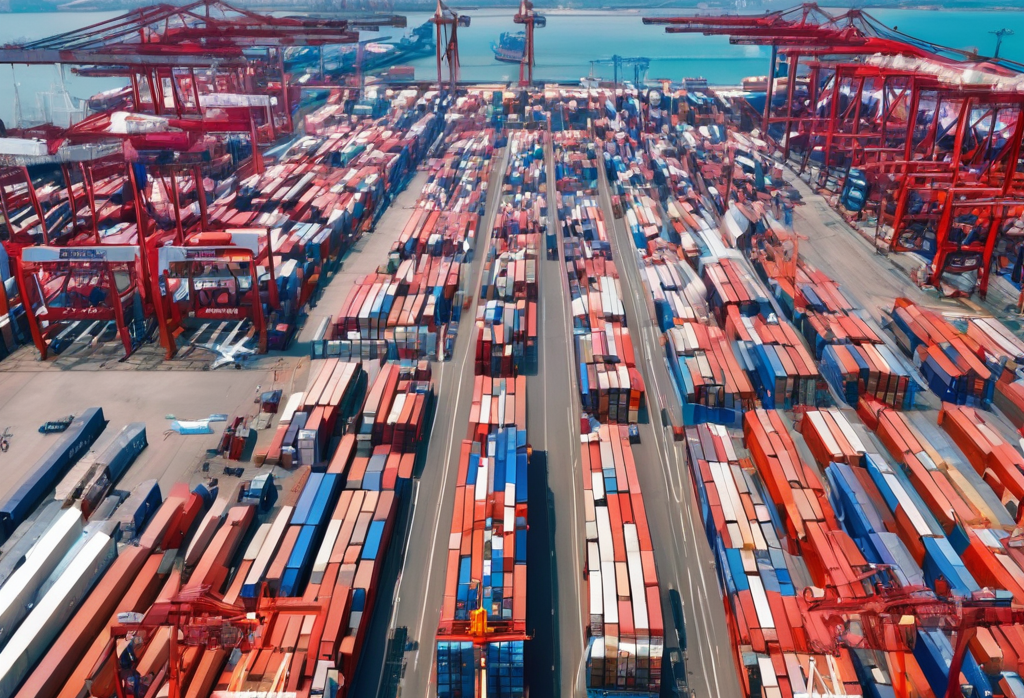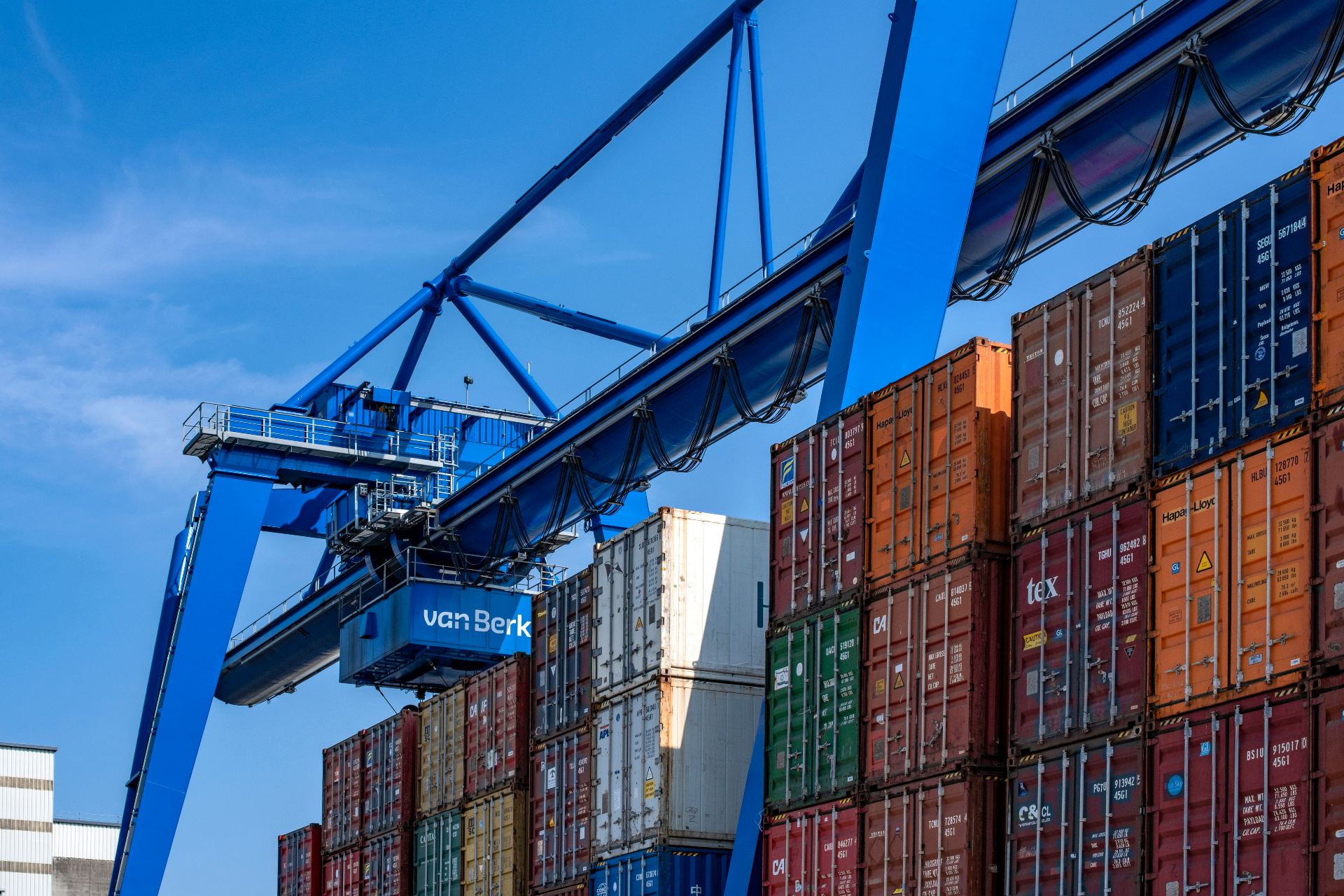An effective export compliance program requires a comprehensive understanding of regulations, clearly documented policies and procedures, regular staff training, robust internal controls, and dynamic processes for reporting and resolving potential violations. By regularly reviewing and updating the compliance program, businesses can ensure they remain in line with changing regulations and emerging global challenges. In the increasingly interconnected world of trade, a robust export compliance program offers more than protection—it provides a competitive advantage.
In the rapidly evolving global landscape, compliance with export regulations is paramount for businesses. Understanding the implications of these regulations and implementing robust export compliance programs is more than a business obligation—it's a strategic necessity. Export violations can result in hefty fines, imprisonment, loss of export privileges, and damage to the company's reputation. Yet, many organizations are still struggling to establish a comprehensive and effective export compliance program.
The first step in creating an effective export compliance program is gaining a comprehensive understanding of the regulations that apply to your organization. Depending on the nature of your business and the countries you're exporting to, different sets of rules may apply. These can include the U.S. Export Administration Regulations (EAR), International Traffic in Arms Regulations (ITAR), and the regulations of the Office of Foreign Assets Control (OFAC). Additionally, organizations must stay abreast of changes in sanction programs, regulatory updates, and evolving export control reforms.
Creating a clear, structured compliance program begins with documenting policies and procedures, ensuring they reflect the current regulatory landscape. Involving staff members across departments in this process is crucial to foster a culture of compliance throughout the organization. Policies should clearly outline the responsibilities of each employee, while providing guidelines on how to handle potential violations.
Training plays an indispensable role in maintaining compliance. Regular training programs enable employees to understand the company's obligations and their role in fulfilling them. These programs should cover all aspects of export control regulations, with particular emphasis on recognizing red flags and adhering to the correct procedures. Investing in professional development for key employees, such as Export Control Officers, strengthens the company's capacity to navigate the regulatory landscape.
Effective compliance programs also employ robust internal controls to detect and prevent violations. These measures can include automated screening tools for dual-use items and end-use checks, conducting internal audits, and establishing secure record-keeping systems. Automation, in particular, has emerged as a powerful tool for export compliance, helping businesses to keep pace with the volume and complexity of regulations.
Importantly, organizations must ensure they have clear processes in place for reporting and resolving potential violations. These processes should be transparent and protect the anonymity of the individual making the report to encourage a proactive approach to compliance.
Finally, a successful export compliance program is a dynamic entity. It evolves in response to changes in regulations, business operations, and the geopolitical landscape. Regularly reviewing and updating the compliance program allows organizations to identify gaps, mitigate risks, and adapt to new challenges in the export environment.
In the era of global trade, the stakes for non-compliance are too high to overlook. Businesses that prioritize export compliance not only safeguard their operations but also gain a competitive edge, fostering trust and credibility in the global marketplace.
Related Information


